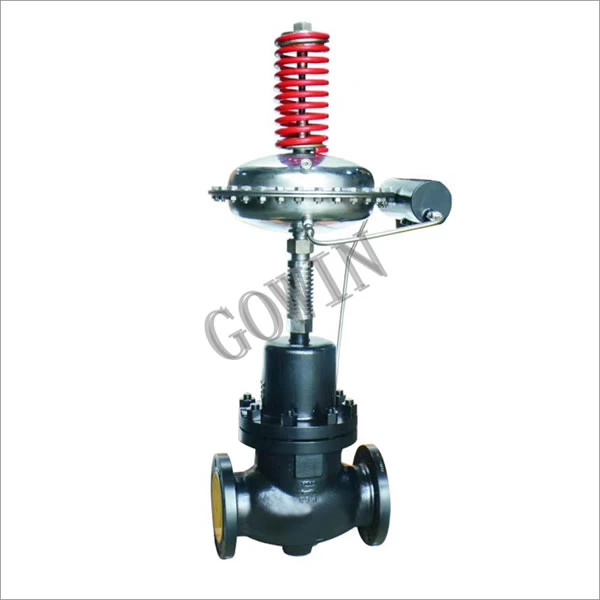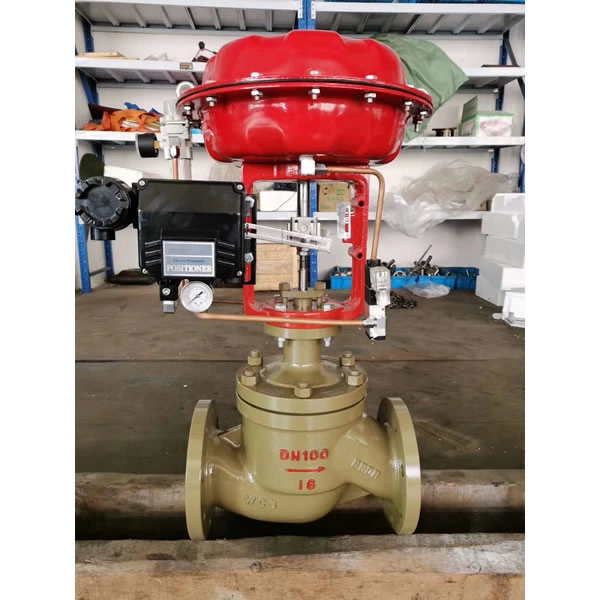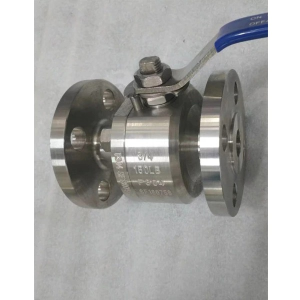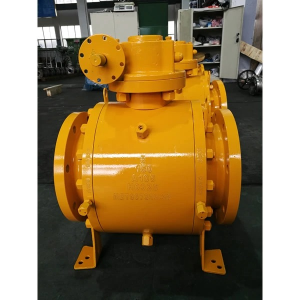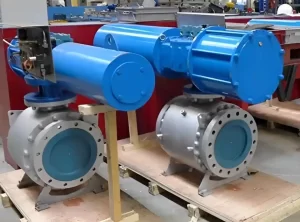Although they are both essential parts of many systems, regulators and flow control valves differ primarily in what they regulate.
Regulators also react directly to gas or liquid pressure, whereas control valves require an external control system.
Additionally, regulator valves typically have lower cost than flow control valves.
Keep reading for a more detailed review of their main differences in terms of applications, cost analysis, and much more.
What is the difference between a regulator and a control valve?
A key difference between them is that flow control valves are meant to manage the rate of flow, while regulators are focused on controlling pressure levels.
We will also explain how they differ from one another in terms of how they operate below:
Flow Regulator Valve or Flow Control Valve
Flow control valves adjust their passage size—or by fully opening or closing it— to manage and preserve a steady flow rate of liquid or gas throughout the system.
They are part of a control loop, which means they need to receive signals from external control system devices such as PID or PLCS.
Regulator Valve or Pressure Regulator Valves
Pressure regulator valves control and maintain the liquid or gas downstream pressure at a specific level.
They don’t need external control systems since they rely on the medium’s pressure to apply force to a diaphragm.
Here’s a YouTube video to help you understand how they work.
Other Differences Between Flow Regulator Valve and Pressure Regulator Valve
Material Compatibility and Size Availability
Flow Regulator Valve or Flow Control Valve
Flow control valves can be made in several kinds of materials that can withstand harsh chemicals and situations, for example:
- Brass
- Stainless steel
- Polypropylene or PTFE (Teflon)
Poor material selection may continue to cause flow control valve failures or problems such as corrosion.
Lastly, they are available in a variety of sizes, which makes them suited for plenty of applications in industries like those that need higher flow rates.
Regulator Valve or Pressure Regulator Valves
They are available in a wide range of sizes, allowing them to handle different flow rates.
However, regulator valves’ diaphragms often have elastomeric materials, It can deteriorate over time or when exposed to various factor such as:
- Corrosive substances
- Extremely high or low temperatures
This can reduce sealing qualities, and raise maintenance costs.
Flow Control Valves and Regulators: Applications
The advantages of flow control valves, like energy efficiency and effectiveness in managing flow rate, make them useful in many kinds of industries, including:
- HVAC
- Agriculture
- Oil and Gas
- Food and beverages
- Waterworks (e.g., filters and pipelines)
Meanwhile, regulator valves, like flow control valves, can also be used in numerous industries.
However, regulators specific applications is only where keeping a steady output pressure is essential, such as:
- Propulsion systems
- Medical equipment (e.g., oxygen regulation)
Both the regulator valve and the flow control valve might be utilized in hydraulic and pneumatic systems, but what they manage differs.
Despite their differences, they can work together, like when a hydraulic flow regulator valve is paired with a regulator valve to properly handle both flow rate and pressure.
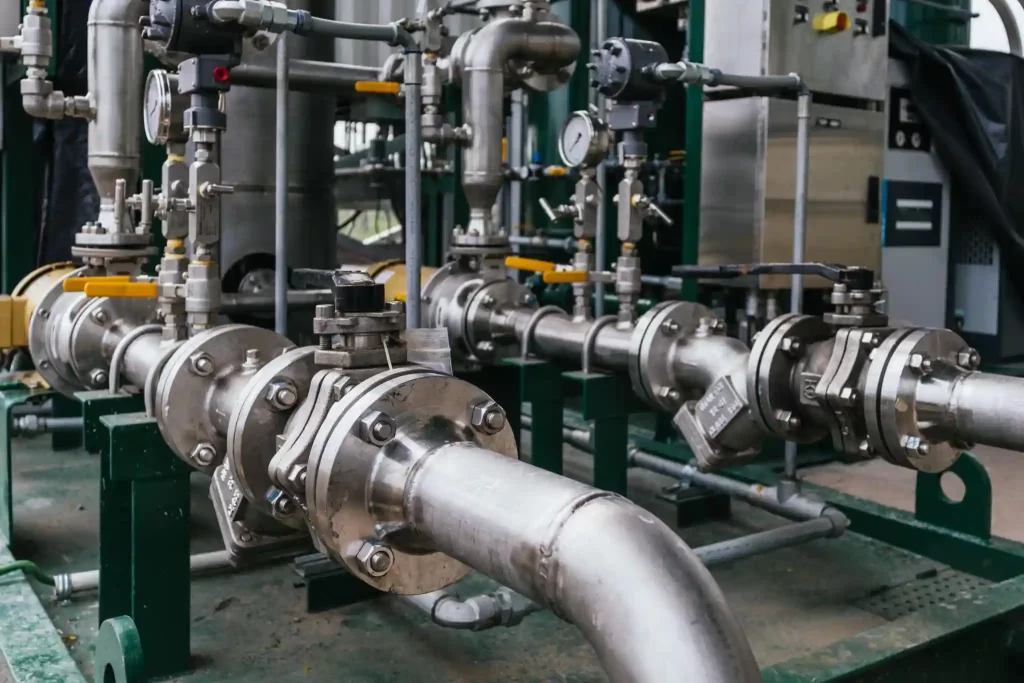
Flow control valve and Regulator valves Difference in Price and Lifecycle Cost
Flow Regulator Valve or Flow Control Valve
Flow control valves are more expensive because they must be used together with other equipment, such as control systems, to effectively control flow rates.
Therefore, they need more maintenance and regular calibration due to their design complexity
They also may consume a lot of electricity due to their numerous requirements, which also led to the flow control valve’s higher lifestyle cost.
Regulator Valve or Pressure Regulator Valves
They’re less expensive because they don’t need other control system components like sensors or PLCs.
So, they use less electricity and have fewer parts, leading to cheaper maintenance costs.
This all contributed to the pressure regulator valve’s lower life-cycle cost.
Sources:
Matheson’s Guide to Regulators
What’s there to know about regulators?
Regulators versus Control Valves: What’s the Best Fit?
Pressure Regulating Valve Type 582/586 – GF Piping Systems – English


